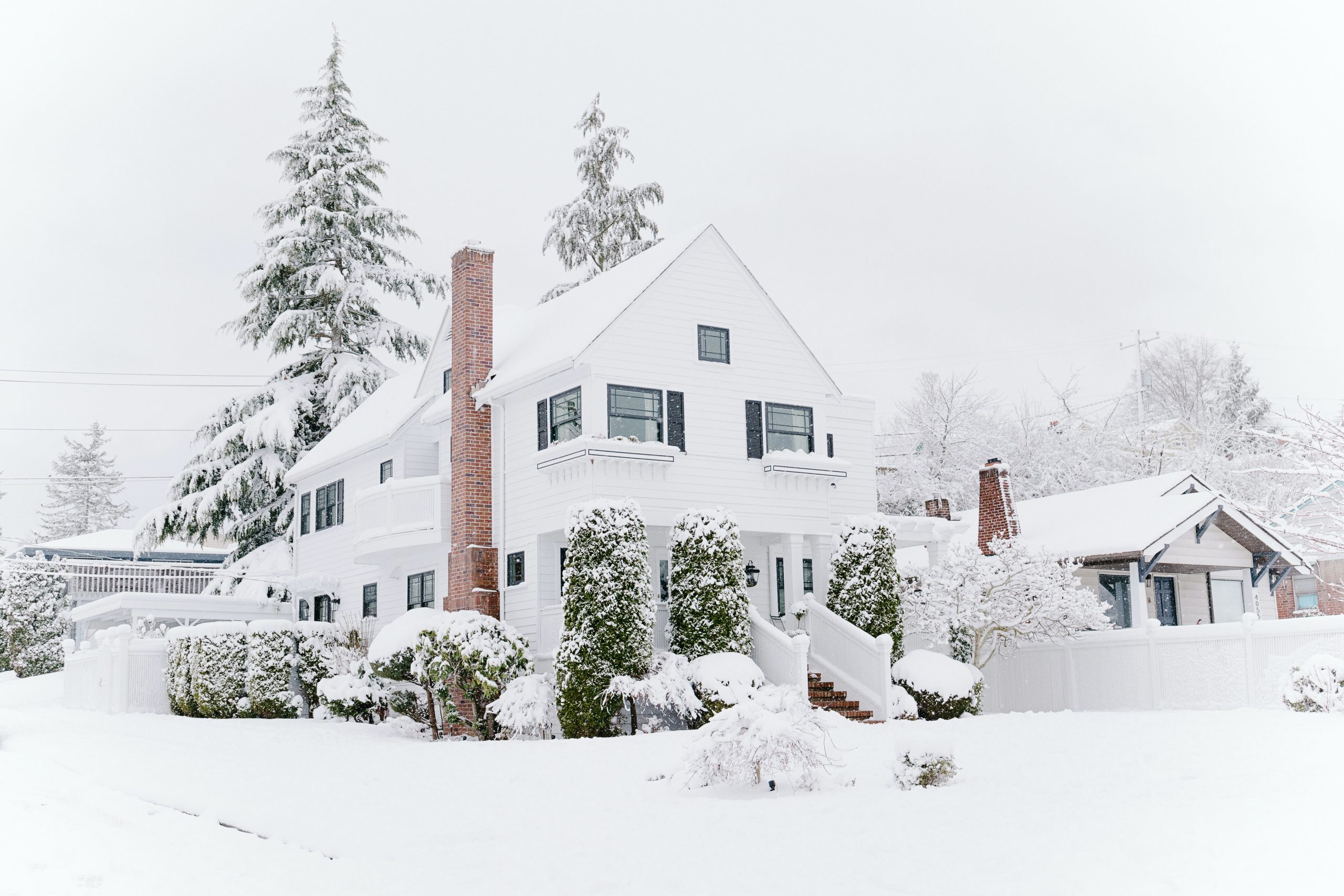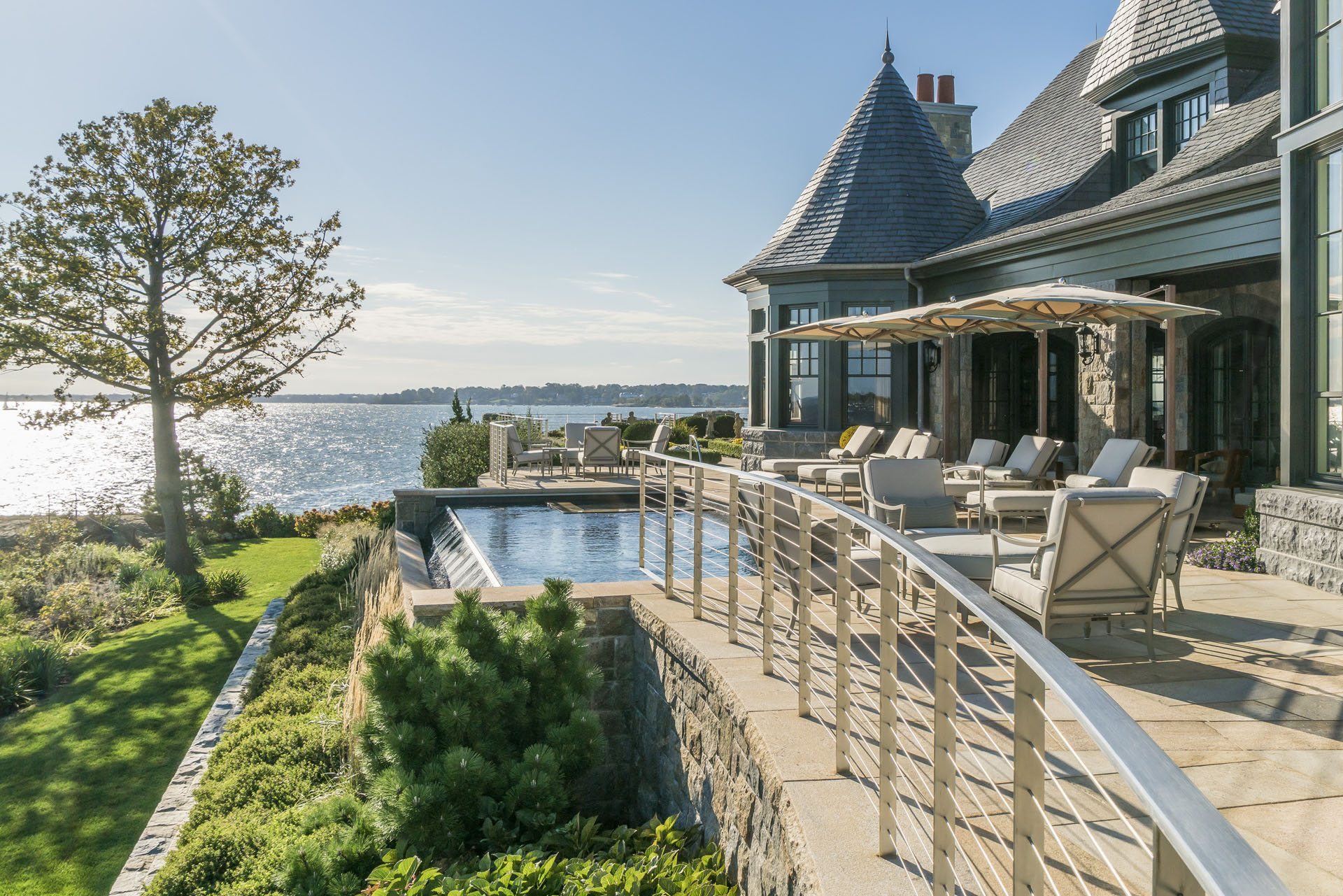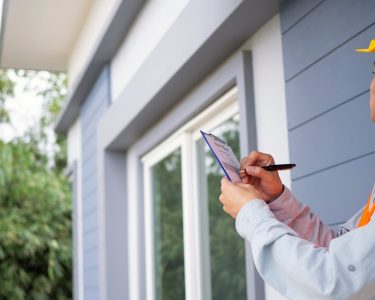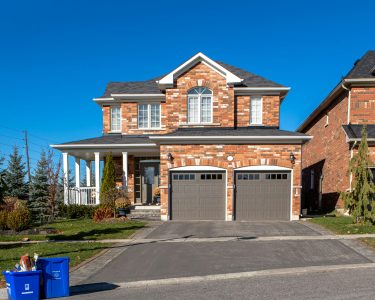With the weather cooling down, a lot of people are starting to get into the holiday spirit. Sitting by the fireplace, sipping hot chocolate, cozied up under fuzzy blankets is an ideal winter activity that many people are clamoring to do. While this sounds great, you can’t exactly do this if your house’s exterior isn’t ready for the colder months. If you have drafty windows, no amount of blankets will give you the warm and cozy feeling you so crave. This is why winterizing your home’s exterior now is so important, because before you know it snow will be falling and you’ll be scrambling to prevent damage to your home. Below, you will find a comprehensive list of how to winter-proof your home’s exterior so you can fully enjoy what the colder weather has to offer.
Check the heating and air conditioning systems
How long your heating and air conditioning system lasts depends on how well you maintain it. Before the weather gets colder, you should at least change your system’s filters. At best, you should have your system looked at by a reputable HVAC contractor. You can take this one step further and discuss an annual maintenance agreement so that you never find yourself with a faulting heating system in the dead of winter. It is much better to discover an HVAC issue in the more moderate temperatures of fall than to discover your furnace is broken on a freezing winter day.
Seal exterior wood
Wood is very easily damaged by the elements, which is why it’s important to protect all of the wood trim on your home’s exterior during the winter months. While the wood used on your deck is usually pressure-treated and rot-resistant, the wood used for the trim around your exterior windows and doors is typically just a one-inch-thick pine board that will deteriorate rapidly if not protected properly.
Having to replace wood trim can cost a lot of money and can be hard for even the most experienced professional to fix it to the point where it looks good again. The best way to avoid this is to just make sure it doesn’t rot in the first place by keeping it painted and caulked. Most people can do this on their own, but once the wood rots they will most likely need a trim carpenter to fix it. Even though your deck is most likely made of rot-resistant or treated wood, it’s still important to check on it. You can do this by simply pouring water on your deck and observing what happens- if the wood absorbs the water, you need to clean and seal your deck again.
Look for leaks around windows and doors
Most leaks occur around windows and doors. This is why it’s important that you carefully examine the exterior parts of all windows and doors, including the seals on sliding doors. If you see a gap around your windows or door, you can use rope caulk around the windows and weather stripping around the doors to fix this. In some cases, you may need replacement windows and doors if the gaps are too large. It’s better to figure this out when it’s slightly warmer out since no one wants to deal with a freezing draft during the colder months.
Clean your home’s gutters
When the weather gets colder, leave begin to fall off the trees. These leaves can end up in your gutters, making them back up and overflow. When your gutters overflow, the water will run down your home. This water exposure can speed up the deterioration of your home’s exterior and foundation. If water infiltrates your basement and settles under your concrete porches and walkways, it can cause a lot of problems that will be costly to remedy.
Clean your fireplace and order firewood
We all know you want to light your fireplace and cozy up next to it with a fuzzy blanket your lap and a cup of hot chocolate in your hand, but you won’t be able to do this if your fireplace isn’t cleaned and inspected beforehand. You should hire a chimney sweep company to ensure the fireplace is safe to use and to identify any maintenance problems. You should also purchase your firewood sooner rather than later, making sure to stack and cover it in an ideal location in your yard.
Test your carbon monoxide and smoke detectors
House fires are most likely to occur during the wintertime since it’s the time of year that we are usually blasting the furnace and building fires. We are also more likely to have our houses sealed up tightly to keep out the cold weather, which makes carbon monoxide a bigger danger. This is why it’s crucial to make sure your smoke and carbon monoxide detectors are functioning properly. If you don’t have carbon monoxide detectors in your house, it is highly recommended that you get some to protect both you and your family. The HVAC inspection is still very important because they can ensure that your water heater and furnace are vented properly (these would be the most likely sources of carbon monoxide).
Prepare your yard for winter
It’s important to prepare your yard for the winter, both for safety reasons and for aesthetic reasons. When it comes to safety, you should check your trees to make sure they’re still healthy. You don’t want a tree dying and falling on your or your neighbor’s house. Even though fall isn’t the best time to trim your trees, if you have branches up against your house it may be a good idea to trim them before winter comes so that they don’t freeze over and get stuck to your siding or windows.
Check your attic
During the winter months, many critters will see your attic as a perfect place to stay. Some of these animals can cause a lot of damage and even health problems. To try and prevent them from taking up rent in your attic, make sure your trees are trimmed well away from your house and that your gable vents are secure. You can even tack a screen up behind your gable vents for good measure. It’s also a good idea to take a walk around your home and look at your soffit and fascia to ensure there are no holes that will allow birds or other creatures to get inside of your home.





